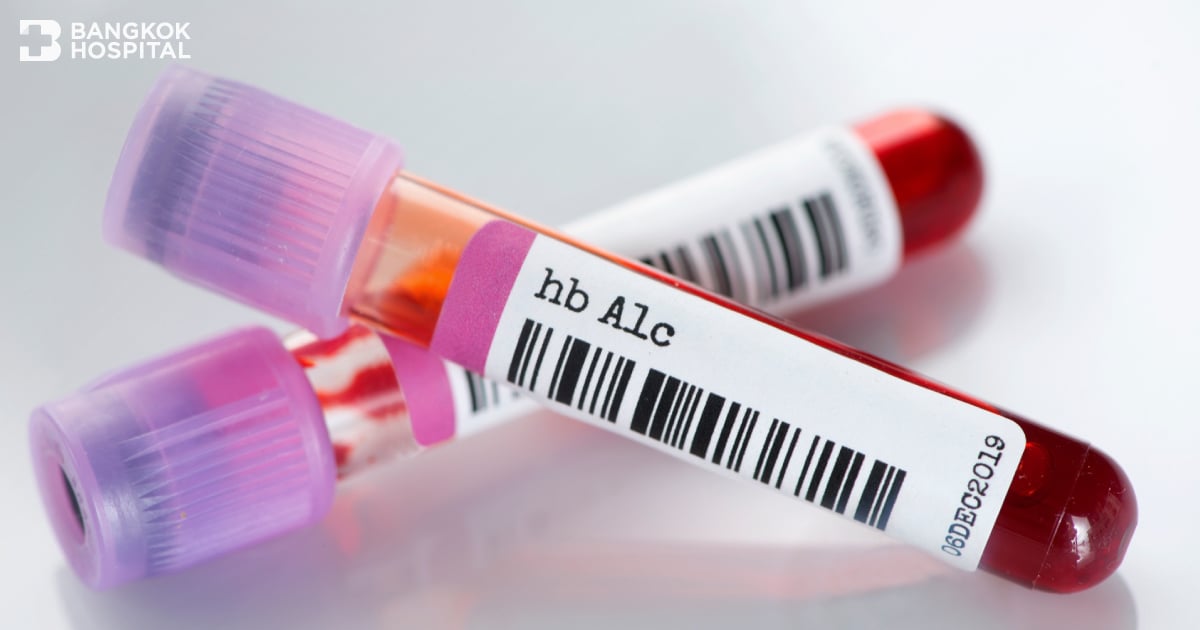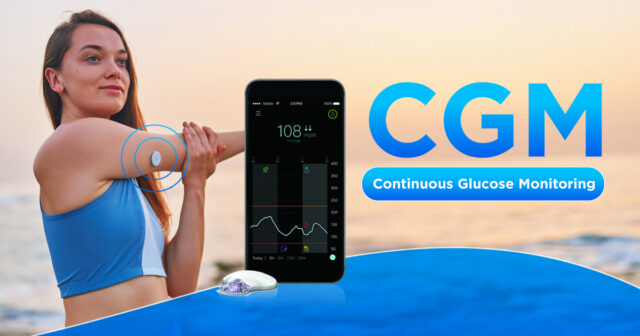Let’s Get to Know Hemoglobin A1C
Hemoglobin A1c indicates the average level of blood sugar (glucose) that has accumulated over the past 2-3 months. It means that if we over consume foods with sugar; our body will be unable to use that amount, so the surplus will be stored in the blood resulting in a gradual increase in hemoglobin A1C levels.
Why is Hemoglobin A1C used to measure diabetes?
Diabetics may be familiar with fasting 6-8 hours prior to receiving a blood’s test at a scheduled doctor’s appointment. The blood sugar level indicates the amount of sugar in the food consumed in the past 1-2 days; many individuals may avoid sugary foods or sweets 2-3 days prior to the test in order to appease their doctor with a positive result (80-130 milligram/deciliter). This is why a hemoglobin A1C test provides a better determinant of the patient’s diabetic condition, as it takes into account sugar consumption in the past 2-3 months, in contrast to a few days prior to a normal blood test.
How often should you get a Hemoglobin A1C test?
Diabetics are recommended to have a hemoglobin A1C test every 2-3 months. This is to evaluate how well your diabetes is under control, ideally one will have a hemoglobin A1C reading of less than 7%. If you are able to maintain such levels continuously, your doctor may reduce the number of hemoglobin A1C tests to 2 per year.
You are able to control your hemoglobin A1C levels without going on a strict diet. Some individuals may try to change their diet a few days prior to a check-up, however this will not influence or change the hemoglobin A1C level. As such, it is recommended to maintain a healthy diet and control the risk factors of diabetes to prevent complications and other conditions.












